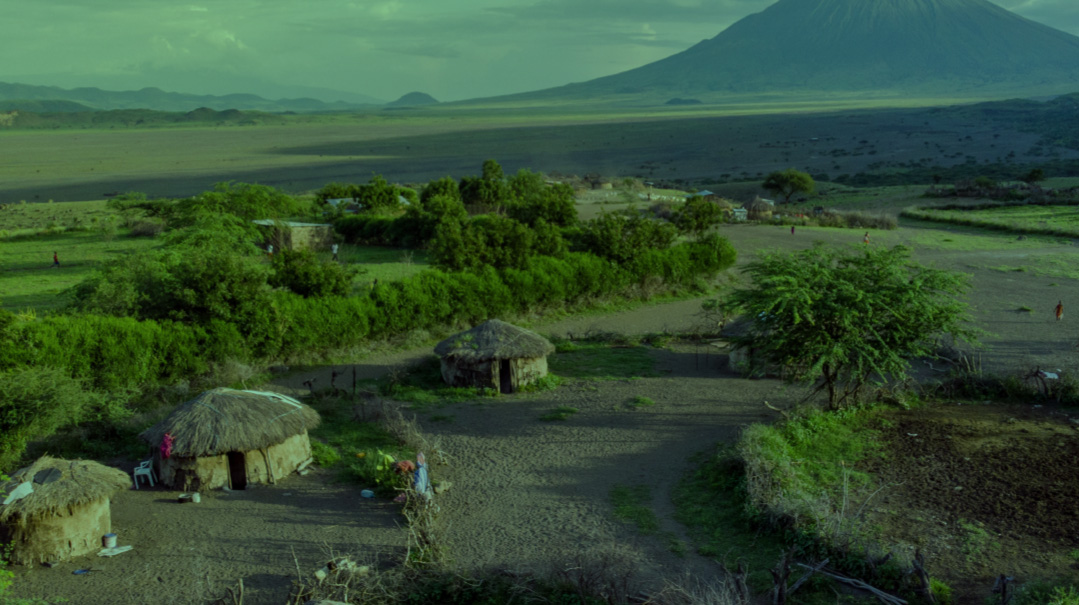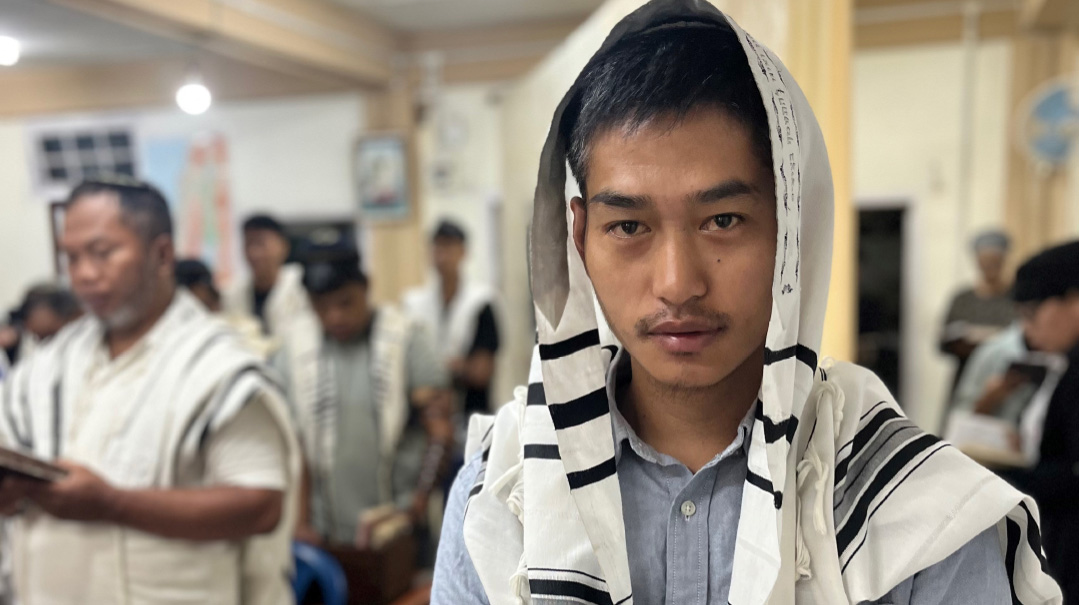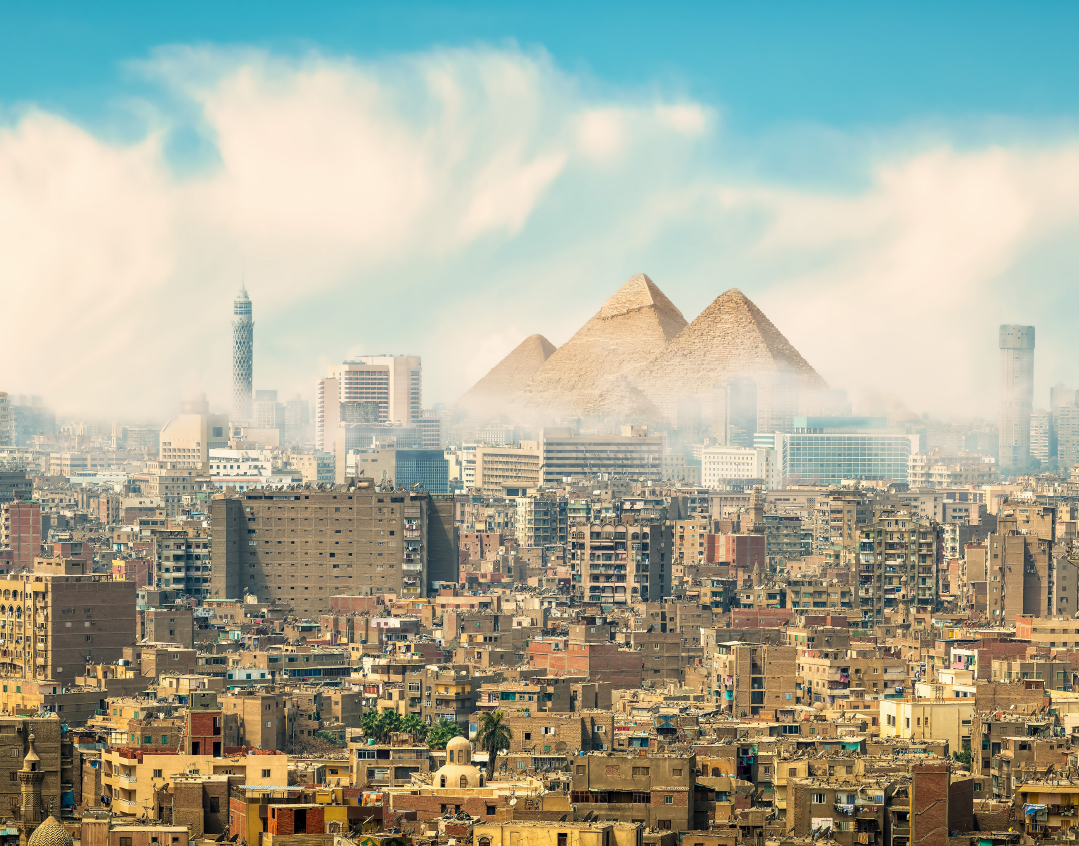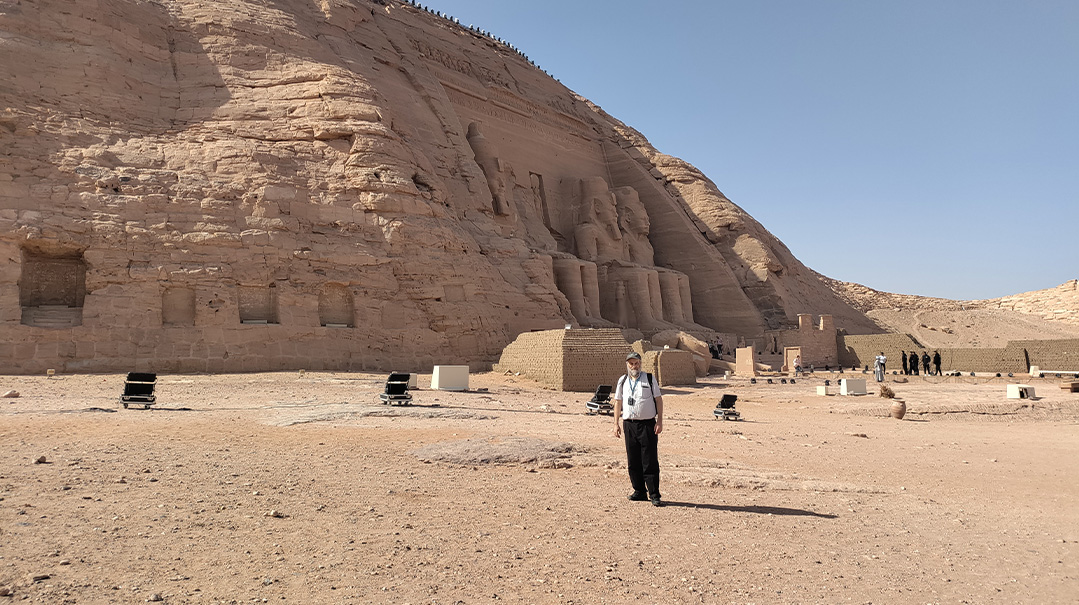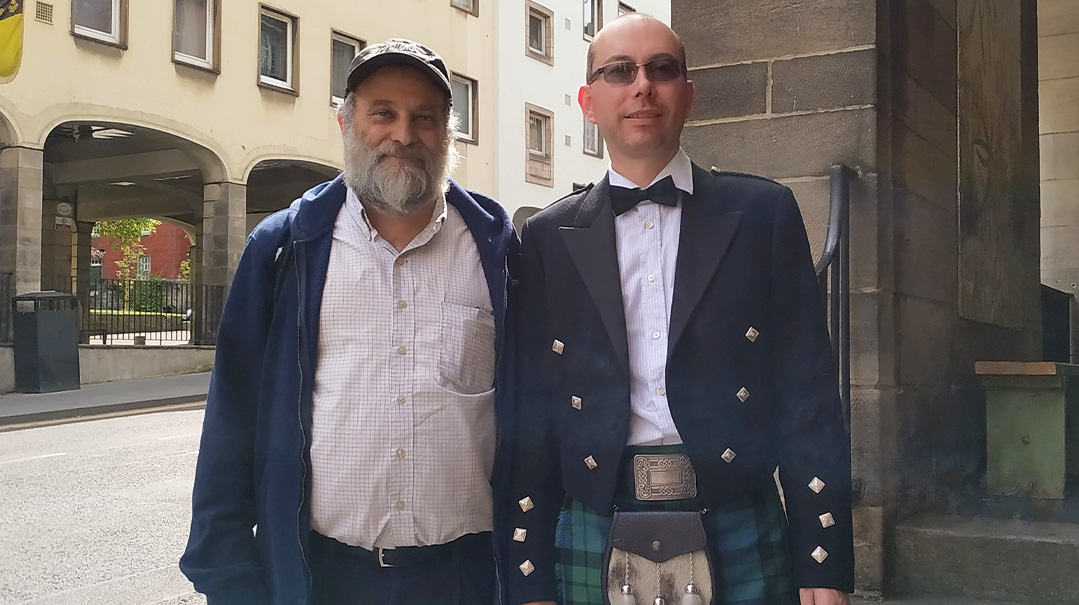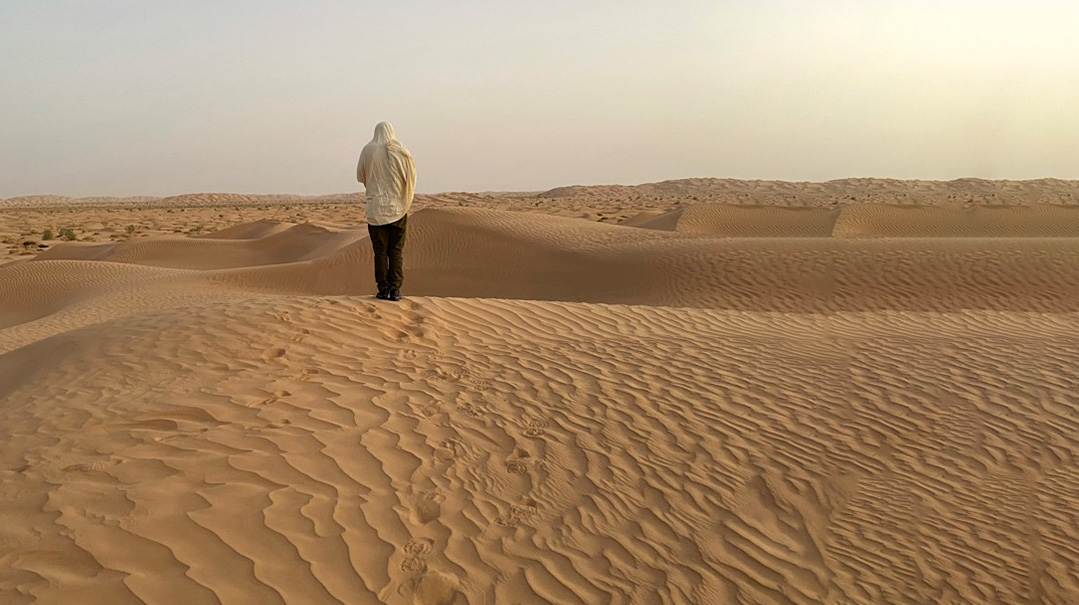Where Shuls Are Aplenty and Jews Are Few
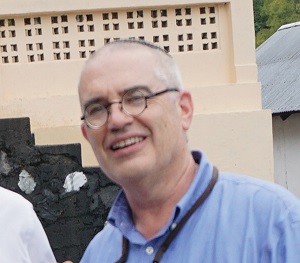
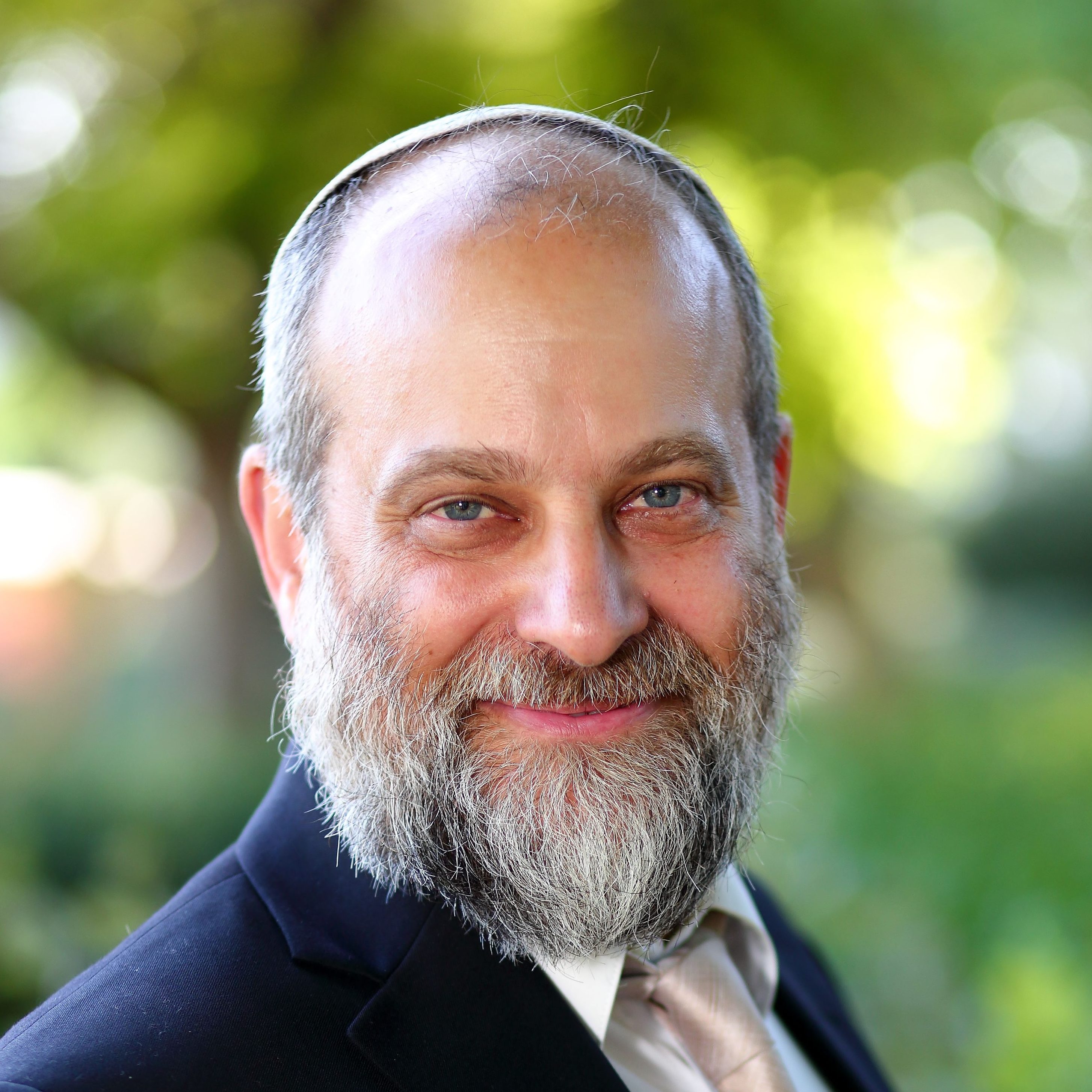
“Come with me,” he said, “the synagogue is my house.”
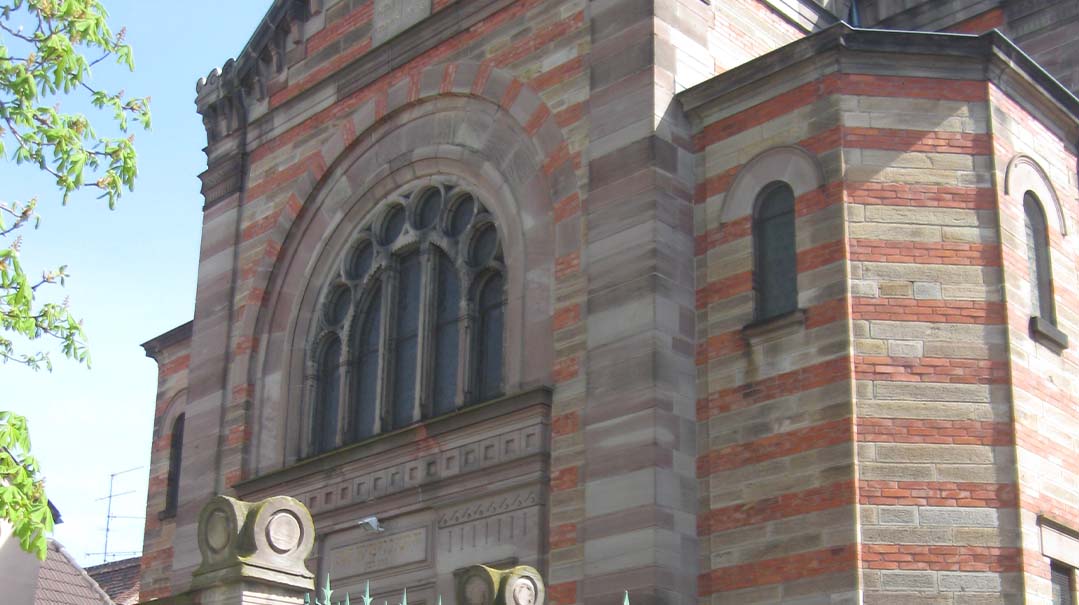
Fifteen years ago, we were racing against time to track down various mesorahs relating to kosher birds before the old shochtim from various countries passed away and the traditions were lost. A series of phone calls and meetings led us to a French book of teshuvos by Rabbi Ernest (Simcha) Gugenheim. In his book, Les Portes de la Loi: Études et Responsa, he wrote that there is a solid tradition in the Alsace region of France regarding the kashrus of guinea fowl. At the time, our main concern was preserving the mesorahs, but in the back of our minds we always intended to travel to Alsace and find out more about this little-known Jewish community.
As it turned out, in many ways Rabbi Gugenheim (1916–1977) was typical of Alsace Jewry — he came from a small village called Westhoffen that had a Jewish presence dating back many centuries (in this case at least to 1626) and his family had lived in that region for many generations — at least 300 years. What was unusual, and might have played a role in Rabbi Gugenheim’s rise to lead French Jewry, was his decision to travel to Poland to learn in the Mir yeshivah at age 22, in 1938. Today, his son Rabbi Michel Gugenheim is chief rabbi of Paris.
Unlike generations of ancestors, Rabbi Ernest Gugenheim never held a rabbinical position in Alsace because, as we found out, the majority of Jews had begun to leave these picturesque country towns even before the great upheaval of World War II; today, there’s not a Jew to be found in most of the villages.
Alsace is located on France’s eastern border, on the west bank of the upper Rhine River, and is bounded by Germany and Switzerland. The strategic value of the area has resulted in its repeated annexation by competing countries of France and Germany, which greatly affected the situation of resident Jews. After the French Revolution, Jews were granted citizenship and by 1827, had achieved full rights. By 1871, there were 40,000 Jews in Alsace-Lorraine, roughly half of France’s Jewish population. It was during the early stages of the emancipation that shuls were built all over Alsace — 176 of them, in fact, between 1791 and 1914. But this building frenzy was followed by a mass exodus. Ultimately, emancipation, urbanization, and World War II largely emptied the region of Jews, leaving the situation of today: an area rich in Jewish history, but almost totally bereft of Jews.
A Night in Germany
We set out to visit some of these “shuls without Jews,” and, as often happens on these journeys, we experienced unusual siyata d’Shmaya from the start. We flew into Frankfurt and needed a meal and a bed before heading out on our adventure the next morning. Ari Greenspan contacted a friend from his time over 20 years ago as a dentist in Germany for the US Army. In Heidelberg, an hour’s drive south of Frankfurt, lives Fred Elbogen and his family. Just walking into his house was refreshing, as his three bookcases on the ground floor contain only well-thumbed sifrei kodesh. In this town of very few frum Jews, Fred maintains a Skype chavrusa with an Orthodox US Army chaplain in West Point and learns Yoreh Dei’ah via an online semichah program.
Fred’s story is unusual. His Jewish father was one of the thousands of American civilians who moved to Germany to provide support for the huge Cold War military presence. He met and married a Jewish Holocaust survivor — and Fred was born. Despite being American citizens, eating American foods and, until the US Army left recently, buying everything in the Army commissary, Fred and his kids have lived their entire lives in Germany.
Their English is American, which Fred speaks peppered with Hebrew. “When the US Army left,” he tells us, “we had trouble getting kosher ochel.” About 20 years ago, the shul in Heidelberg — built with government funding — decided to forgo a mechitzah. But Fred fought, and today the shul functions according to Orthodox rules. However, virtually none of the Jews in Heidelberg (mostly Russian immigrants) are shomer mitzvos.
When we told him we’d be visiting him in the midbar of Germany, we asked what we could bring. His response: “I need a new Shabbos hot water heater and some kosher-for-Pesach gvinah.” What a pleasure to give, and more importantly, to get chizuk from such a dear Yid.
The Synagogue in the House
One of the first towns we visited was Kolbsheim, 150 kilometers southwest of Heidelberg, on the French side of the Rhine River. As we pulled in, we assumed, based on the most recent information we had received, that we were looking for a decaying building. The Kolbsheim shul, originally built in 1843, was renovated in 1909 and restored again following World War II, but ultimately was sold in 1983 after most Jews left. Entering what we thought was the old part of town, we asked a man if he knew the location of the synagogue. He pointed down an alley and told us to follow him. We thought that we had stumbled into good luck, but did not realize just how fortunate we were.
As we walked toward the “shul,” we asked the gentleman for more specifics. “Come with me,” he said, “the synagogue is my house.”
An artist and architect, he had purchased the old shul and completely renovated it in a modern, sleek style. He pointed to where the aron had been, but there seemed to be no visible indication that Jews had davened in this location for well over 100 years. After scouring the interior and exterior in search of any remnant of a shul, we finally found something. Hidden between the boards of an awning our host had built above his doorway, we saw the original Hebrew writing at the shul’s entrance. We could make out the letters spelling “Beis Elokim.”
This was just the beginning of our “luck” in Kolbsheim. The owner of the house took us to his mother, who took us to an elderly man who she thought might know more about the history of the Jews of the town. That was an understatement. The elderly man was from aristocratic stock, with some Jewish blood, and his uncle had made sure that he studied in the Jewish school in Zurich. He reminisced about his youth and even remembered some Hebrew words. When he took us into his house, he showed us, with great pride, his family coat of arms: To our amazement, it had a Magen David intertwined with a cross. He remembered the last Jews of the town and took us to look at an old Alsatian house. This churvah had Hebrew writing carved into the wooden posts and a small mezuzah remained on the front door. The house had clearly not been lived in for decades, and, to our great chagrin, we were not able to gain access. This 85-year-old man asked us to join him in his barn attic painting studio; we were astounded to see an Israeli flag sitting on his desk. As we were walking out, he proudly added: “You know, I’m even circumcised.”
The Garage Shul and the Nazi Stamp
From Kolbsheim, we made our way to Habsheim. The shul we were looking for had been “decommissioned” already in 1926. Here, too, we were Providentially guided to the truly amazing “shul” that is located on the Impasse de la Synagogue, or “Alleyway of the Synagogue.” The building has changed hands at least three times since the sale almost 90 years ago, but the original conditions of sale are still in force: as per the halachah, the building may be used for almost any purpose, but some uses, such as a stable, were explicitly prohibited.
The current owners use the building as their garage and were more than happy to explain the shul’s history. They had been in the house for only ten years, but had maintained the “Torah shebe’al peh” about every aspect of the synagogue, down to where the Shabbos goy once lived, just across the street. In fact, they bought the house in order to ensure that the shul would be saved. It had been slated for redevelopment. Subsequently the French government made it a historic landmark.
In their garage, one can clearly see where the aron kodesh had once stood, and the words “Shivisi Hashem l’negdi” carved in stone above it. The balcony where the women sat is still intact, and one can still see “Ki Beisi Beis Tefillah Yikarei L’chol Ha’amim” written on it in Hebrew, French, and German. They sensed our keen interest and told us that they had heard there were some old documents in the rafters above the ezras nashim. Despite the warnings of the danger of collapse, we scrambled up the steps. We explained that if indeed there were documents, they might hold some historical value, and our Mishpacha readers would want to know. We climbed up through a century of dust and, while we felt the entire floor jiggling beneath us, nothing caved in. Unfortunately, there was nothing up there but cobwebs.
As we were leaving, the owners brought us one final relic, the original bill of sale. It was fascinating (and a little horrifying) to see in a subsequent transaction the local mayor’s stamp — right alongside the Nazi swastika.
The Pesach Priest
We knew that there was nothing left of the Jewish community in Offendorf, not far from Kolbsheim, but our traveling companion and translator, Chaim Gugenheim (without whom the trip would have been almost impossible — but no relation to Rabbi Gugenheim of Alsace), had roots there. The story he shared as we visited the street where his great-great-great-great grandfather once lived shed much light on the condition of the Jews in 18th century Alsace. This story is retold every year at his family’s Seder table, when they get to Chad Gadya.
Sometime between 1780 and 1790, Shlaume Braun (his great-great-great-great-grandfather) and his family were sitting at the Seder table and were up to Chad Gadya. Passing by the house, the priest of the church, who had just rang the midnight bell, heard the singing and joy inside the home and knocked on the door. “You blaspheme our god,” he said. One of the Braun family, who got very angry, responded “the one who blasphemes G-d will die, either you or us.” After that, the Braun family was understandably quite anxious and said Tehillim the whole night. In the morning, when the priest went to ring the morning church bells, he fell from the ladder and broke his neck. Since then, descendants of that family do not say Chad Gadya at the Seder. After retelling that story year after year, it was quite moving for Chaim to actually stand on the street where the family legend took place.
Grandeur Below, Pigeons Above
from Offendorf. Smack in the middle of the old city, on Rue des Juifs (Jew Street) — a not uncommon street name in these towns — stands a spectacular edifice. It had been restored to its original grandeur, and it is tended to by the last Jew in the town, a Frenchman by the name of Levi.
We had no contact information for him, so we started asking around. One shopkeeper across from the shul told us that “the Jew lives down the street to the left.” We started searching and another storekeeper directed us down an alley where we saw a mezuzah on the door. We knocked and his Israeli wife appeared. Levi soon returned and opened the shul.
The acoustics were superb and one could imagine what it must have sounded like when the hundreds of seats were full. Chaim is a chazzan and got up to try out Kol Nidrei. The sounds were haunting and chilling. We started exploring and went up to the balcony. We saw an old wooden door leading up to the attic above the old vaulted ceiling. As we opened it, there was fluttering and we saw a number of dried-out dead bird carcasses. We found nothing Jewish, but did discover a 200-year-old clock face that had once adorned the front of the building.
The long history of the Jews of the town was confirmed during renovations of a house a block away from the shul. While digging the foundations, a stone inscription in Hebrew and French was found describing that on that spot had stood a shul that was burned in 1676 and reconstructed in 1683. That plaque now hangs near the entranceway of the current shul.
The Hidden Kehillah
Though numerous small towns are now essentially empty of Jews, there is still active Judaism in Alsace. In the north is the principal city of the region, Strasbourg, also known as the capital of Europe because it is the seat of the European Parliament. This major metropolitan city, located a mere 10 minutes from the German border, historically had a Jewish presence, and today’s 15,000-plus member community is indeed flourishing. The Rue des Juifs is one of Strasbourg’s oldest streets, having served as the Roman-era main east-west road over 1,600 years ago. The Strasbourg beis din oversees its own shechitah, two matzah factories that are among the oldest in the world, and kosher production of wine in this region that is well-known among non-Jews for its vineyards. There is a seforim store that can provide for all your Judaica needs and its proprietor is an internationally recognized expert in Jewish antiques.
But it is the community at the southern tip of Alsace that took us by surprise. Nestled in the tiny town of Saint-Louis, a surprisingly active Torah community is centered around a yeshivah ketanah. Before embarking on our journey, we had contacted the chief rabbi of the region, headquartered in Colmar, and asked him for contacts in the region who could enlighten us about its Jewish history. We were immediately told to contact Rabbi Marc Meyer and he was indeed the man.
After Shacharis in the yeshivah one morning, Rabbi Meyer took us back to his house and told us his amazing life story. Descended from a long line of Alsatian Jews, his father was a doctor, but was also trained as a shochet and mohel. Interestingly, when discussing bird mesorahs with Rabbi Meyer, he related how as a child he was sent by his father with some kind of duck to the local shochet who told him that in their town there was no mesorah, but in a neighboring town there was a mesorah. We quizzically asked him why he brought it to the local shochet if his father was a qualified shochet. He told us that his father only shechted when they were hiding during the war. But if there was a town shochet, he insisted that he do the shechitah in order to ensure his livelihood.
Rabbi Meyer studied at the yeshivah of Aix-les-Bains in the postwar years, but then went on to study biochemistry. He applied his scientific knowledge in the service of halachah by setting up one of the earliest shatnez testing labs in the world.
Several times he related to us the wonders of the yeshivah of Aix-les-Bains and how it had saved French Jewry. It was originally founded in 1933, near Strasbourg, and was initially led by Rav Simcha Wasserman, son of Rav Elchonon Wasserman. In 1938, the brilliant talmid chacham and student of the Chofetz Chaim, Rav Yitzchak Chaikin, took over, and it was he who reestablished it in Aix -les- Bains (about 100 kilometers east of Lyon, France) following World War II. The yeshivah continues to flourish and is at the center of a large kehillah.
As a young man, Rabbi Meyer was asked to be a town rav. After two more years of learning at Gateshead, he assumed the position and realized that without a yeshivah, the town would die. In 1967, he established a yeshivah and associated community in the forest just outside Hegenheim, not far from Saint-Louis. It was an idyllic situation, in a beautiful setting. This lasted until about 1991. Meanwhile, about ten years earlier, one of the kollel avreichim under his supervision opened the present yeshivah ketanah in Saint-Louis. Today, there is a vibrant Torah community in this small town.
End of an Era
Though today there are very few Jews remaining in the region, Alsace has a 500-year-old strong mesorah of Jewish life. According to Rabbi Meyer, Jews over the last 500 years were mostly cattle dealers who had a very deep and strong faith, but were not very learned. Rabbi Meyer pointed out that the magnificent paroches from Wintzenhein, the town of his ancestors, had the word teka in teka b’shofar gadol, spelled tav-kuf-hei and not tav-kuf-ayin. He said that he has seen many errors on tombstones. Nonetheless, these Jews were staunchly proud of their Judaism and preserved their traditions. They even had their own language, a mixture of German and Lashon Kodesh, called “Yiddish-Daitsh” or “Alsatian Yiddish” that very few people today speak, but that luckily has been documented.
Still, our “shuls without Jews” expedition continued: In Dornach stands a magnificent old shul that has not been used since before World War II, yet no one seems to know who has the key. In Odratzheim the building that had been the shul is now a refurbished community center. In Sélestat, a government tourist office worker directed us to another huge locked shul. The good news is that in Soultz-sous-Forêt, the keys to the magnificent shul are still in the hands of the few remaining local Jews; inside there’s even a little museum that non-Jews visit on occasion.
Today, there are only two to three towns in Alsace with an active Jewish presence, but for the most part, all of the small towns that 100 years ago had active communities are gone. While we might come back in 50 years and be proven wrong, we suspect that the Jewish depopulation that has affected most communities in Europe and the rising anti-Semitism in France (which we decidedly did not sense in Alsace), might spell the end of this colorful, quaint, and most beautiful of Jewish regions.
(Originally featured in Mishpacha, Issue 509)
Oops! We could not locate your form.
